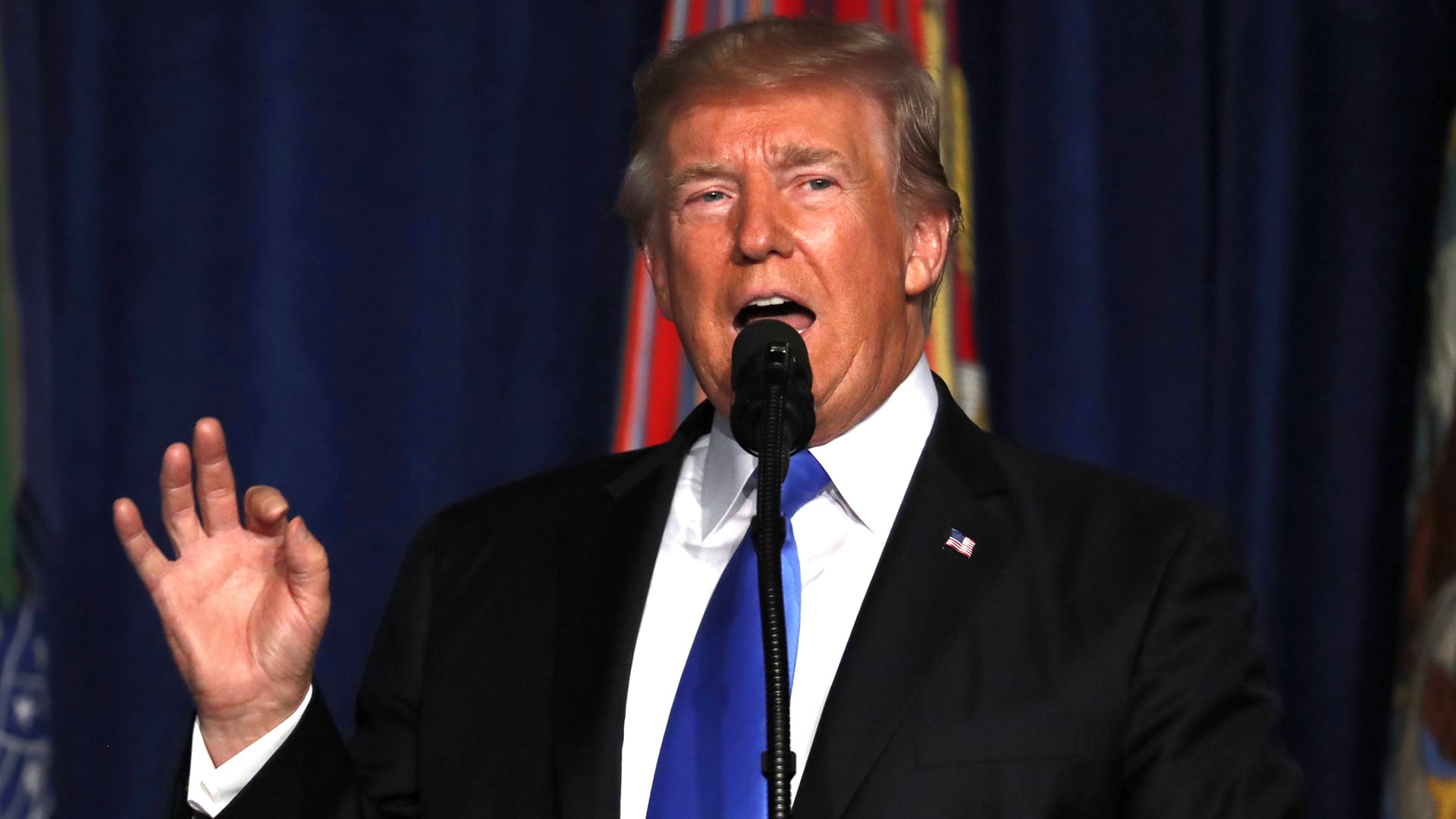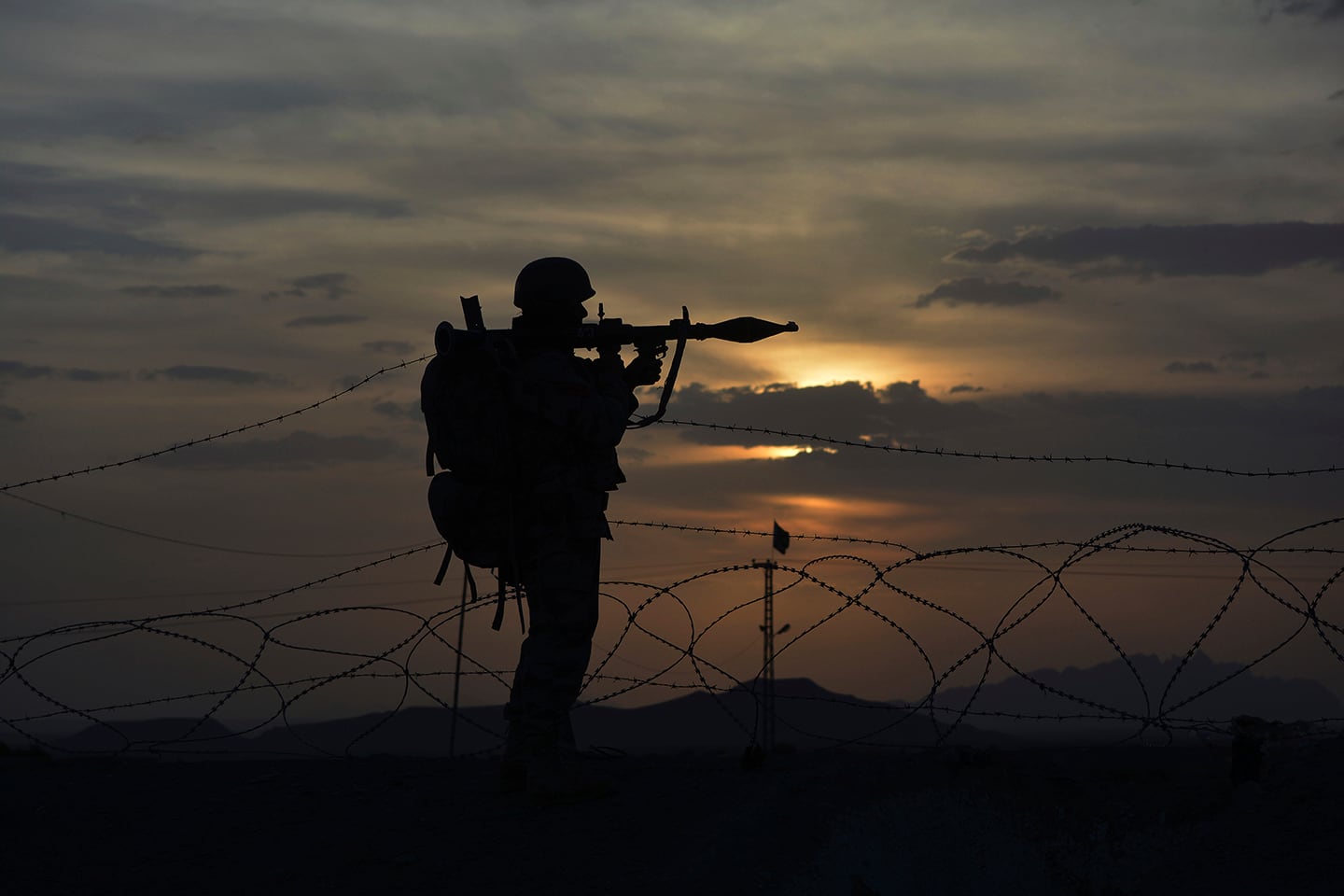The hot, dry air hit us like a wave as we stepped off the ramp of the CH-47 helicopter onto the gravel surrounding Tactical Base Gamberi in East Afghanistan. As a young U.S. Army officer greeted us, he warned that the base was often the target of indirect fire. Another jarring reminder that American forces are still engaged in the longest war in our nation’s history in Afghanistan.
It was July 4th, Independence Day, and I was in Afghanistan to meet with U.S. military leaders, diplomats, and Afghan political officials about another independence – that of Afghanistan’s freedom from the tyranny of terrorism and instability – and America’s role in the region.
Meanwhile in Washington, President Trump and Defense Secretary Mattis prepared to outline a new strategy for American involvement in Afghanistan. Our group, a mix of Republican and Democrat senators on the Armed Services Committee, personally visited with General Nicholson, his commanders, Afghan military leaders, and our troops on the ground. Their message to us was loud and clear: renewed support and unwavering leadership from the Trump White House, the kind they saw last month, is exactly what they have needed.
For too long, America’s strategy in Afghanistan was driven by politics, leading to arbitrary troop caps and unreasonable timetables for troop withdrawal. Where the Obama Administration saw an exit strategy as a kept campaign promise, our enemies saw a window of opportunity and a lack of resolve. No matter how capable our forces, diplomats, and alliances, we could not win with one hand tied behind our back and no definition of victory.
Finally, the gloves are off. President Trump and Secretary Mattis have given our troops exactly what they need: an outline for a clear way forward for American involvement in Afghanistan. The plan is already being implemented, as we’ve seen within by Secretary Mattis authorizing 3,500 more troops to Afghanistan.
RELATED

This is a plan that Democrats and Republicans have been waiting to see for 16 years. It incorporates all the tools we have available, but also recognizes for the first time that we need a regional approach. As I saw firsthand, you can’t solve Afghanistan without Pakistan, and you can’t solve Pakistan without India. This ripple effect is key to achieving a sustainable solution.
First, President Trump made it crystal clear that Pakistan has to start pulling its weight. During my trip, we also spent time in South Waziristan in the Federally Administered Tribal Areas (FATA) of Pakistan with General Qamar Bajwa, the Chief of Staff of the Pakistani Army. While Pakistan is making great strides in improving border posts and operations with the assistance of U.S. forces, it was obvious that there is still more to be done.
There is support for the region’s terrorist groups among some of the highest echelons of Pakistan’s leadership. President Trump is right to confront them for it. As long as groups such as the Taliban, Al Qaeda, and Haqqani network can find safe haven, they can and will continue to find ways to fight and provoke instability. State support for terrorist proxies must stop, and it’s time to turn the pressure up a notch.
President Trump’s plan also taps into the need for new, joint cross-border operations between Afghanistan and Pakistan along the Durand Line, something our delegation advocated for during our trip. This will help build trust, reduce safe haven territories, and improve critical communication between Afghan and Pakistani forces.
RELATED

It’s refreshing that we now have a commander-in-chief who listens to his military leaders and understands we need a better, wiser approach in Afghanistan. He has given us a clear mission, spelled out what will define victory, and given us a broader sense of how to engage the region in a productive dialogue.
A strategy of this scale, after 16 years of war, building on the successes and sacrifices of thousands of soldiers, is not something President Trump made lightly. In his recent speech laying out his vision for Afghanistan, President Trump said, “My original instinct was to pull out – and historically, I like following my instincts.” However, he also acknowledged that “decisions are much different when you sit behind the desk in the Oval Office.”
With this speech and the months of planning a strategy that have started us on a path to success, President Trump has demonstrated both his readiness to be commander-in-chief and his focus on results over politics.
As we mark 16 years since the first American and British airstrikes on the Taliban, we must remember why we are in Afghanistan. This region is home to the greatest density of terror groups in the world, including the one that plotted the horrific terrorist attack on our nation on 9/11. The security vacuum in Afghanistan and Pakistan has given these groups a safe haven from which they can plan and mount further attacks on the West – and possibly our homeland – for too long.
We cannot afford to forget the lessons of 9/11. President Trump understands that, and his new strategy defines success in Afghanistan and puts us on a strong pathway to get there. President Trump is reengaging with the rest of the world, reaffirming our commitments with our allies, and clearly defining American interests for other countries. This is exactly the type of leadership American and global leaders have been waiting for.
Sen. David Perdue, R-Ga., is the only Fortune 500 CEO in Congress and is a member of the Senate Armed Services Committee.








